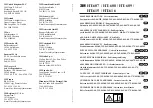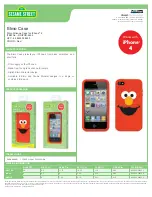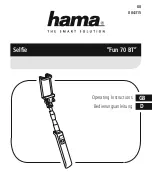
18
Care, Maintenance and Repairs
Lifecycle and changing intervals of parts
The materials used in the X-Dreamer have been carefully selected for maximum
durability. Nevertheless, keeping your harness clean and airworthy will ensure a long
period of continuous safe operation.
The dorsal foam protector must be replaced for a new one after a substantial impact or
five years of use ( whichever comes first ). Let check it after any harder landing on it.
The self-locking carabiners must be replaced for new one after 500 flight hours or five
years of use ( whichever comes first ). The self-locking carabiners must also be
replaced if they have suffered any damage no matter how slight. Impacts may create
undetectable cracks that could result in structural failure under continuous load.
Care and Maintenance
Avoid dragging your harness over rough or rocky ground. Unnecessary exposure to UV
rays, heat and humidity should be always avoided. Keep the harness in your rucksack
when not in use.Store all your paragliding equipment in a cool, dry place, and never put
it away while damp or wet.
Keep your harness as clean as possible by regularly cleaning off dirt with a plastic
bristled brush and/or a damp cloth. If the harness gets exceptionally dirty, wash it with
water and a mild soap. Make sure you first remove all the sub-components: seat board,
back plate, back protection, rescue parachute etc. Allow the harness to dry naturally in a
well ventilated area away from direct sunlight.
If your rescue parachute ever gets wet (e.g. in a water landing) you must remove it from
the harness, dry it and repack it before putting it back in the container.
The zips and buckles may be occasionally lubricated with silicone spray, no more than
once a year.
Inspection checklist
In addition to regular pre-flight checks, the X-Dreamer should be inspected thoroughly
on every rescue repack, normally every 150 days. Additional inspections should be
performed after any crash, bad landing or take off, or if there are any signs of damage
or undue wear. Every 2 years or 200 flight hours your harness has to be inspected from
your dealer or a professional repair shop. Always seek professional advice whenever
in doubt.
The following checks should be carried out:
Check all webbing, straps and buckles for wear and damage, especially the areas
that are not easily seen, such as the inside of the carabiner hook-in points.
All sewing must be intact and any anomalies attended to immediately to avoid
exacerbation of the problem. Special attention should be paid to the rescue
installation, particularly the elastic and Velcro parts.
The seat and back plates must be free from cracks.



































